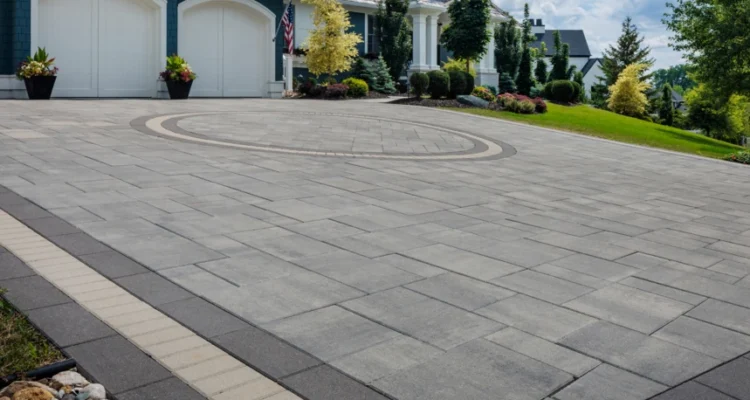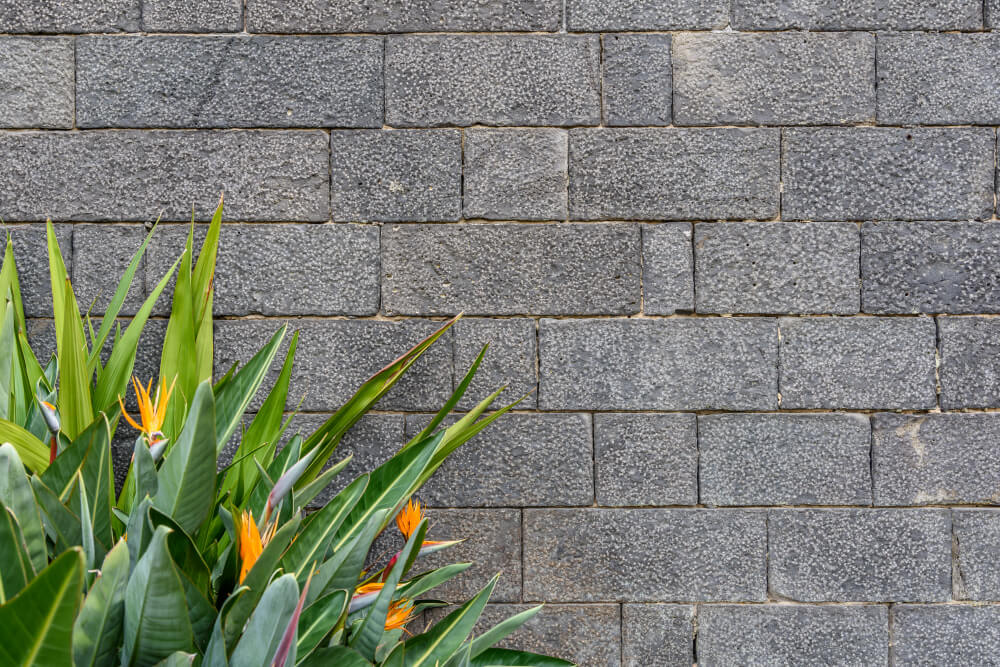We use cookies to help you navigate efficiently and perform certain functions. You will find detailed information about all cookies under each consent category below.
The cookies that are categorised as "Necessary" are stored on your browser as they are essential for enabling the basic functionalities of the site. ...
Necessary cookies are required to enable the basic features of this site, such as providing secure log-in or adjusting your consent preferences. These cookies do not store any personally identifiable data.
Functional cookies help perform certain functionalities like sharing the content of the website on social media platforms, collecting feedback, and other third-party features.
Analytical cookies are used to understand how visitors interact with the website. These cookies help provide information on metrics such as the number of visitors, bounce rate, traffic source, etc.
Performance cookies are used to understand and analyse the key performance indexes of the website which helps in delivering a better user experience for the visitors.
Advertisement cookies are used to provide visitors with customised advertisements based on the pages you visited previously and to analyse the effectiveness of the ad campaigns.

Constructing or extending a driveway is a significant home improvement project that enhances both accessibility and curb appeal. Whether you’re building a new driveway or expanding an existing one, understanding the process, material options, and associated costs is crucial for a successful outcome.
Begin by evaluating the available space and determining the optimal layout for your driveway. Consider factors such as vehicle size, turning radius, and ease of access to ensure functionality. For instance, the standard width for a single-car driveway is typically 10 to 12 feet, accommodating most vehicles comfortably.
Choose materials that align with your aesthetic preferences, budget, and durability requirements. Common options include concrete, asphalt, pavers, and gravel, each offering distinct advantages and maintenance considerations.
Before commencing construction, check with local authorities regarding necessary permits and zoning regulations. Compliance with local building codes ensures the project proceeds without legal complications. For example, some municipalities have specific guidelines on driveway widths and require permits for expansions.

Before starting, make sure you have all the necessary tools and materials:
Design Choice and Measurement:
Mark and Excavate:
Prepare the Base:
Constructing or extending a standard driveway involves careful planning, material selection, and adherence to proper construction techniques. By considering design aspects, budgeting for costs, and committing to regular maintenance, you can create a durable and aesthetically pleasing driveway that enhances your property’s value and functionality.